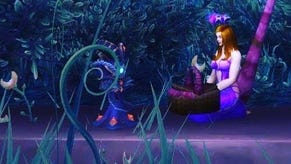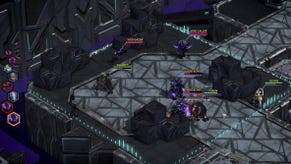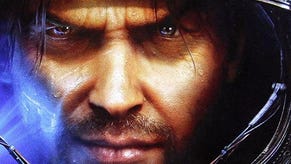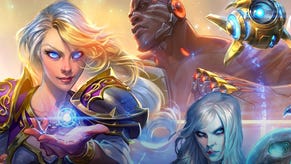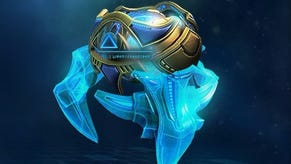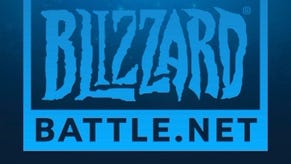StarCraft II
How the campaign and Battle.net change the game.
And more ambitious with the campaign maps themselves. There are two available to play at BlizzCon. Monlyth presents the Terrans with the opportunity to seize a valuable alien artefact, but the Protoss are after it too - and the Zerg are after the Protoss. The aim is to strike fast at the Protoss camp around the artefact while they're still distracted with the Zerg, and fend off small Zerg raiding parties on the way. It's an interesting twist on a standard StarCraft mission, but the other map, Agria, outshines it.
This tight little map isn't much more than a roadway between a colony and a spaceport. Raynor's been hired to protect the evacuating colonists from a Zerg invasion, sending Marines and flame-throwing Firebats alongside their transports as Zerg swarms rush the road. There are bunkers you can repair and man, but these are less and less use as the Zerg attacks escalate over the course of three tense runs, ending in splattering aerial drops right next to the crawling transport. It's exciting, varied, well-staged and beautifully-paced mission design, a cut above what you usually see from RTS, Blizzard's own games included.
"The big thing is we've tried to ensure each mission is its own sort of mini-game," says Sigaty. "Each mission has its own gimmick, its own mechanic, in addition to introducing you to each unit, a little bit more difficulty as you go on... so you had something new and fresh that you were dealing with, not just another 'go crush the AI' or 'just run these units through the maze'."
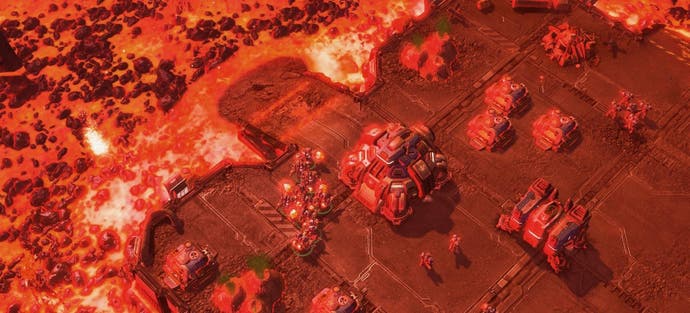
The campaign seems like a bolder step forward than StarCraft II's multiplayer, which - notwithstanding years of intricate fine-tuning of the maps and new unit line-ups - Blizzard is happy to admit doesn't rewrite the rules of this perennially popular competitive gaming heavyweight. But it became clear at BlizzCon that, although there's no major change in mechanics, there's a huge change in attitude. StarCraft, so dominated by player speed and micro-management skill, is known for being an intimidating, humbling experience online, denied to all but the gifted few. Blizzard believes it can change that, and it's got two new initiatives to back it up.
Firstly, there's a new single-player component: Challenge maps. These are a combination of multiplayer tutorial and bite-sized, two-minute, score-attack or time-attack scenarios, aimed at teaching newcomers multiplayer techniques and tactics, as well as giving veterans self-improvement workouts. "The key to it really is that we don't feel like single-player teaches you how to play multiplayer," says Sigaty. "This is a way to organically teach you these things that you should start thinking about, control grouping, the mechanics around spell-casting, how to use mana, there's a bunch of them."
He warms to his unlikely theme: making multiplayer StarCraft accessible and rewarding for everybody. "There is certainly, I think rightly so... an impression out there that RTS is very difficult. It's a hardcore genre. Well, I'm not going to get into that, but hopefully we can bridge the gap." Sigaty talks about how long it took him to feel like he could win at Warcraft III. "It took 10 games... I knew it would get to that point, but I think, 10 games, that's ridiculous. If you play three, get your ass handed to you, then you walk away, you say yeah, I think the online thing's not for me."
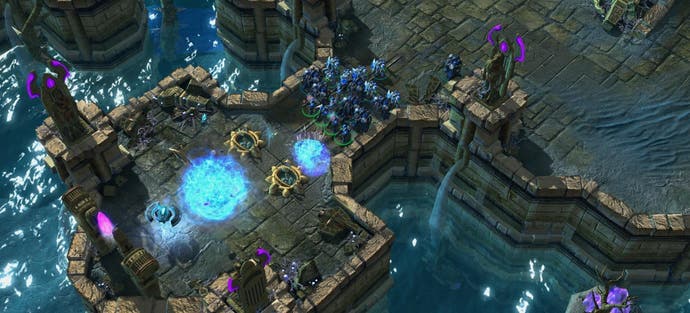
Pardo, and Battle.net, have the answer. Over and above improved matchmaking algorithms, searches, and the persistent player profiles that should prevent "smurfing" (experienced players creating new accounts to take noobs unawares), there's an ambitious and clever new ladder and tournament system that aims to give players of all skill levels the kind of thrill experienced at the top end of competition - "the competitive arena for everyone", Pardo calls it. "Ladder play doesn't have to be for hardcore gamers only."
There will be seven levels of competition in StarCraft II - five regular bands from Copper to Platinum, book-ended by the e-sports Pro League at the top, and the Practice League at the bottom. Practice League will feature a slowed game speed and maps custom-designed to prevent the rush tactics that can be panic-inducing and off-putting to a new player.

